10 May 2019
Preparing your garden in spring
When the cold weather is in full force, the ideal afternoon would likely not consist of braving the elements to potter around the garden in preparation for spring. When it’s still chilly, or wet, or both, as our kind Yorkshire climate often brings us, something like curling up on the sofa under a blanket with a steaming hot cup of tea sounds much more up our street.
The tendency can often be to neglect our gardens in early spring and postpone spending any concerted spell of time in them until the sun is shining, the temperature rising and the first hints of barbecue weather start to peer out (we should be so lucky). The fact is that by the time we dust off the patio furniture, our gardens are well and truly ready for a good old spring clean of their own.
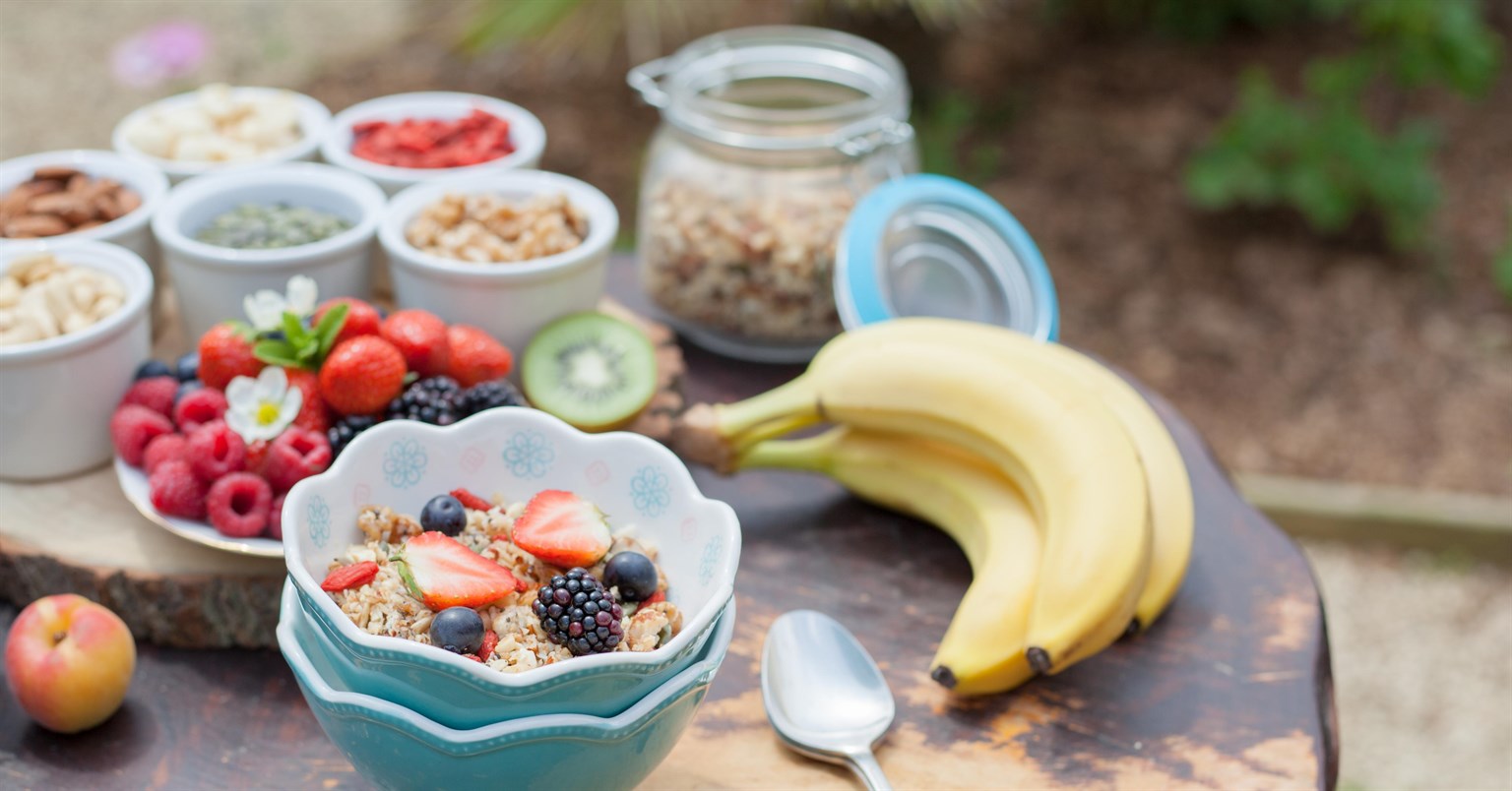
Work now, enjoy later
While perceived thinking is to wait until the season is in full swing before donning the garden gloves and sharpening the shears, the reality is that starting sooner rather than later will mean by the time it’s warm enough to contemplate something as crazy as eating breakfast outside you’ll have already cleared last year’s dead leaves, pruned back the rose bushes and prepped the lawn, leaving you to sit back, enjoy a bit of well-earned relaxation and maybe even catch a few rays.
“My number one piece of advice? Think ahead! Prepare now and enjoy later.”
While we won’t hold any grudges should you decide against slaving away in the wind and rain in drenched overalls just to neaten up some edging, a little investment now on a dry day will undoubtedly pay dividends in a couple of months’ time.
To get you the best possible tips and advice for this all-important preparatory work, we approached M&M Gardening Services in Sheffield for some essential insight. Owner Manoj Lavda has been running the business since 2007 and has forged a strong reputation in Sheffield and the surrounding area for a wide range of services, including lawn care and plant maintenance to fencing, decking and landscaping.
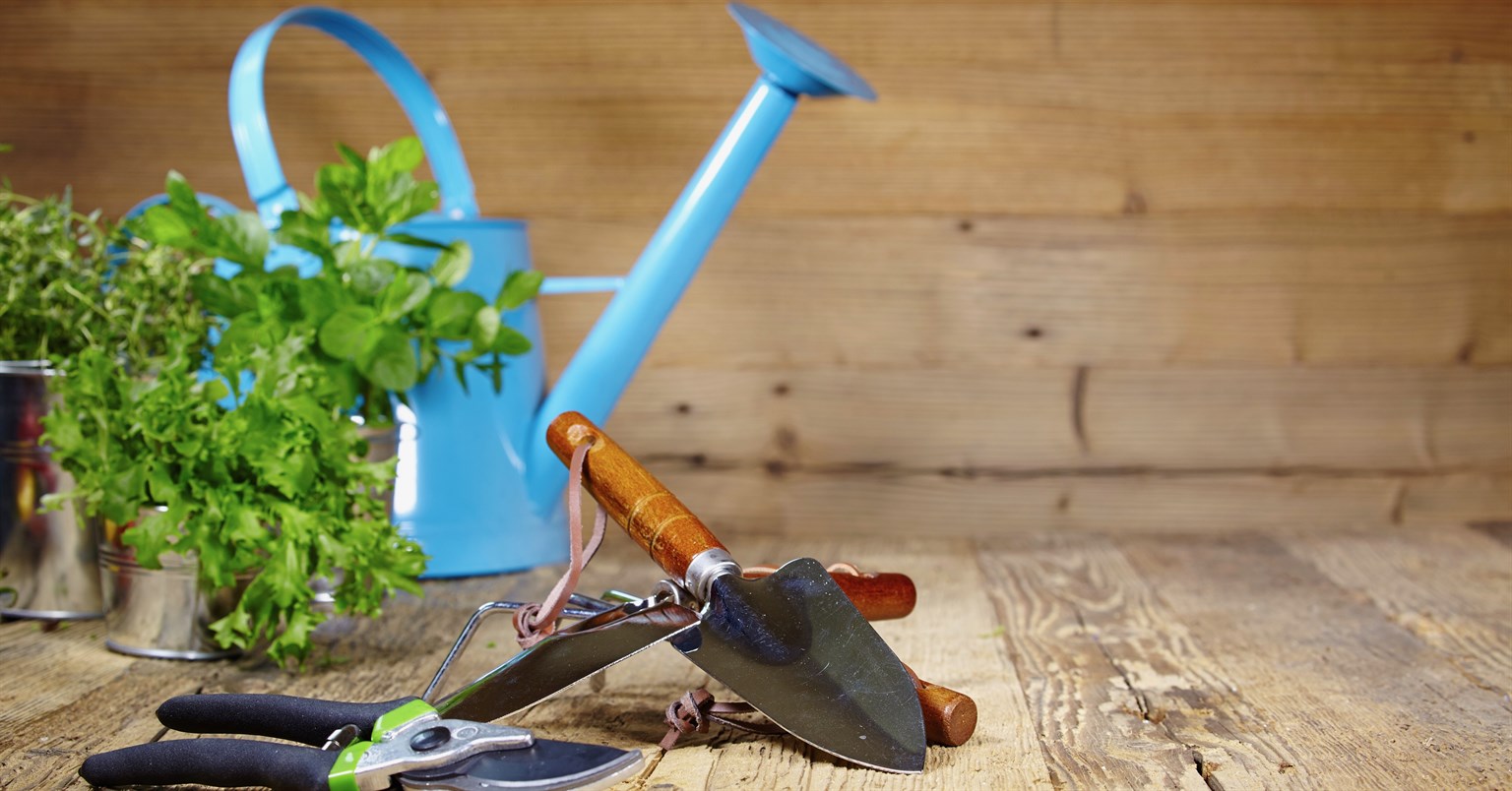
Sharpen twice, cut once
Before jumping straight in, Manoj advocates putting your house (or rather, shed) in order: “First of all, spend some time to ensure that your tools are in good condition. Sharpen secateurs, loppers and hedge cutters and give electric tools the once-over to see that they are in good, safe working condition.”
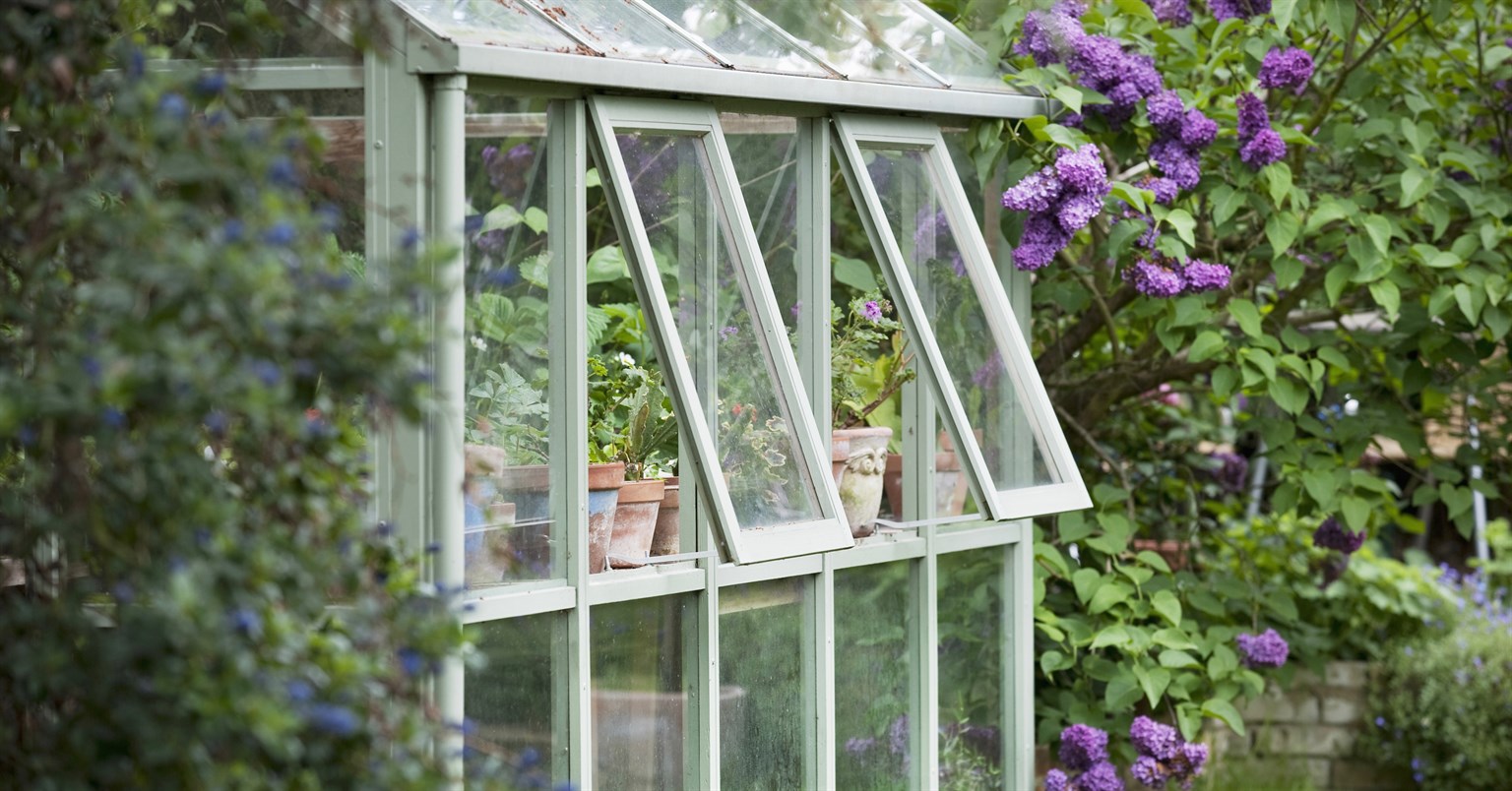
“Perennials require very little attention and will always return in spring with a flush of colour.”
Next off is to pay a visit to the greenhouse - that strange glass structure you’ve been looking quizzically at through the kitchen window for the past six months. “It should be thoroughly cleaned to prevent the spread of diseases between your precious plants, and pots filled with compost ready for planting”, says Manoj. For the more agriculturally minded gardener, he also recommends ‘chitting’ (sprouting) potatoes as well as planting out onion sets.
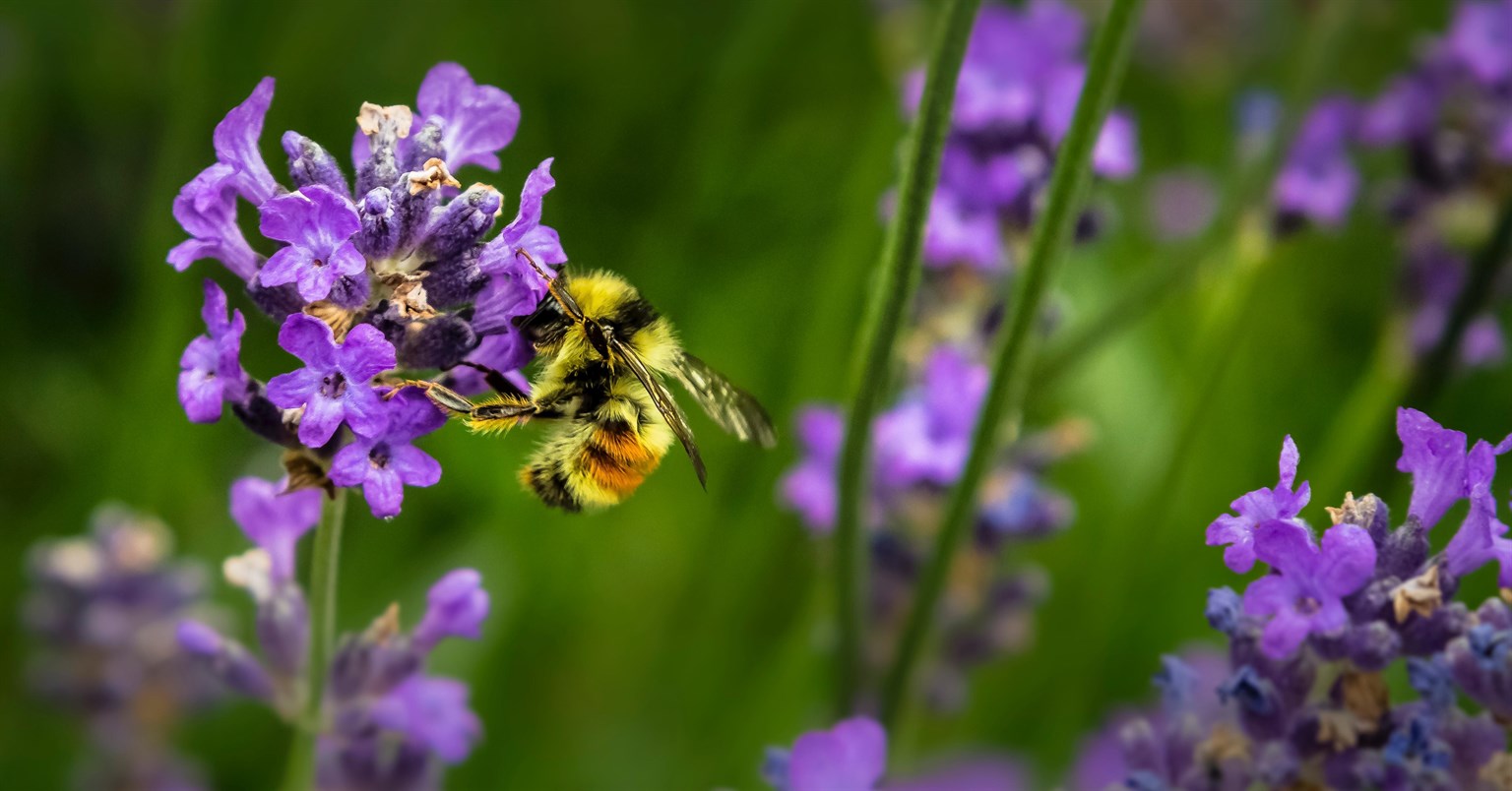
Weeding out the weeds
The lawn is commonly the centrepiece of any garden area, so taking the time to rake up residual twigs and leaves will encourage healthy growth early on. An additional upside of this is that this debris can all be composted, along with similar organic clutter from the greenhouse.
Manoj doesn’t hesitate in stating that weeds are the scourge of any keen gardener. Unwanted plants such as moss emerging through the grass can be removed with a rake and some good old fashioned graft, but for stubborn areas an all-in-one moss killer, herbicide and lawn feed may be required. “For areas like patios and paths, a hoe or similarly sharp implement is the most efficient way to get into smaller areas. On the other hand, weeds in flower beds can simply be pulled out by hand, but make sure you get them from the roots. Turning them beforehand helps to break up the soil around the roots and prevents more weeds from appearing.”
Furthermore, the fact that they won’t have flowered or seeded yet means you’ll reduce the prevalence of more weeds as the seasons progress, adding extra weight to the ‘work now, enjoy later’ approach.
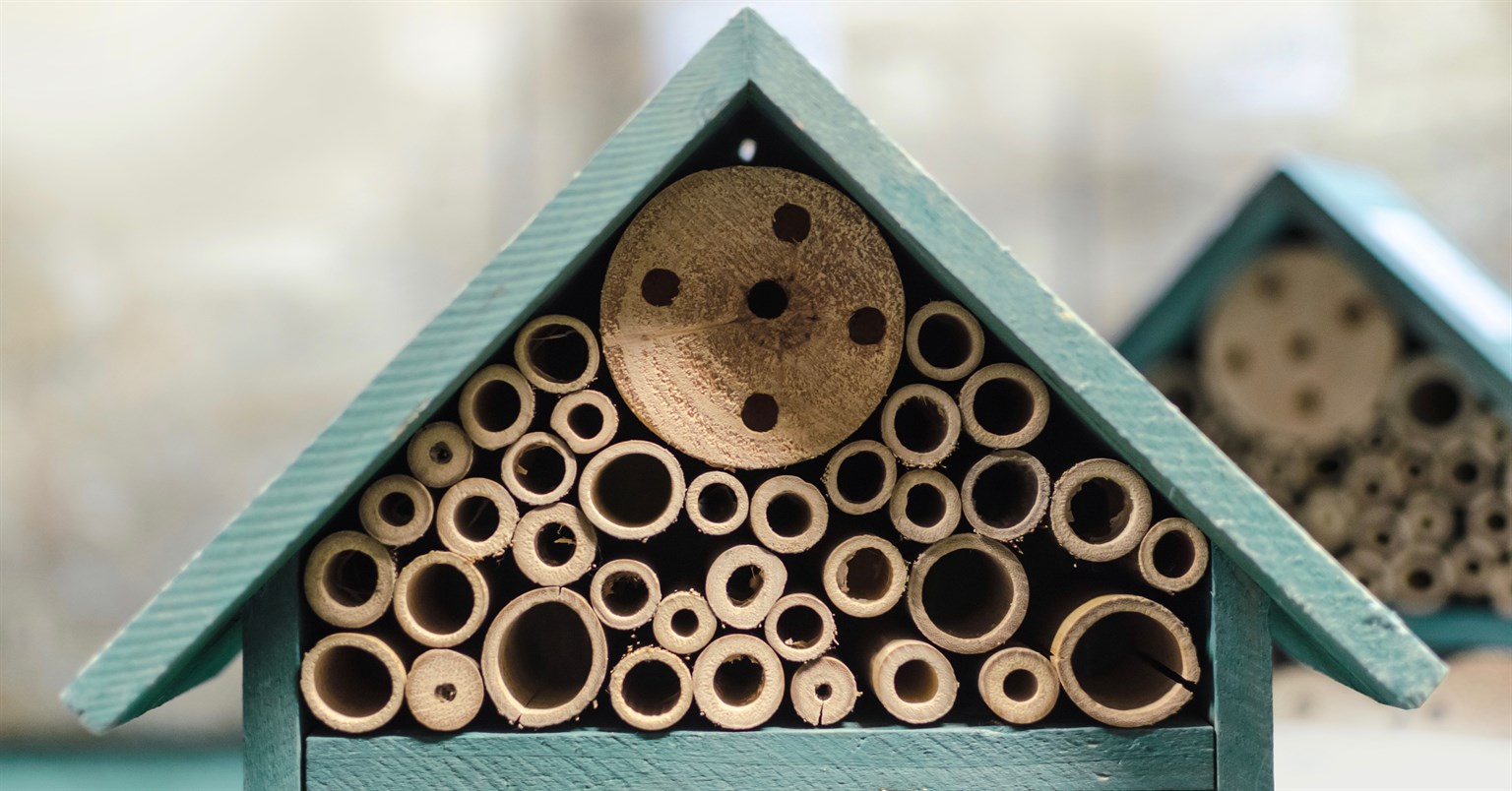
Blooming marvellous
Once you’ve tended to the basics of tools, housing and the lawn, you can finally allow yourself the luxury of focussing attention to the pretty stuff: “I like to use flowers which not only look good but attract wildlife visitors, such as lavender and buddleia” Manoj tells us. While there are always true garden stalwarts who spend every available spare minute perfecting their green paradise, most of us will tend to put in a burst of effort to bring the garden under control and then allow nature to take over a little more. In light of this, choice of flower is important in terms of time and effort. “Perennials are the best low maintenance plants and require very little attention to come back to life in spring and produce a flush of flowers.”
“Give your tools the once-over to ensure they are clean, sharp and in good working condition”
That said, it’s not uncommon to get the odd frosty morning, so younger plants may need a little more care. “Horticultural fleece will protect from cold snaps and pests, and potted plants can be brought into the greenhouse temporarily. Cloche, a protective covering, can also be used on young outdoor plants.”
A great way to encourage beneficial insects to visit your garden is by constructing a bug hotel out of scrap wood. It will provide a perfect place for spiders, ladybirds and other creatures that you've perhaps never even noticed before! These bugs also make a great dinner for birds and frogs and other garden visitors.
The birds and the bees
According to Manoj, the easiest way to invite wildlife to your garden is with a bird table and bird bath. But what if you’re keen to invite more than just a few feathered friends and insects to your garden? Manoj has the answer: “An enclosed garden will keep wildlife out, so leaving just a small gap in your fence or wall will allow creatures like hedgehogs free passage from garden to garden to roam for food.”
“I’m also a fan of wildlife ponds, which aren’t too high maintenance if kept to a realistic size and may bring you some amphibian visitors like frogs and toads." Spotting aquatic wildlife is always great for kids and grandkids and is sure to provide hours of entertainment, as well as being educational!
It may be easy to overlook, but plants also play an important role when making your garden more nature-friendly. Flowering plants provide all-important nectar for many insects, and more robust trees and shrubs are ideal nesting places for both birds and smaller mammal life such as hedgehogs to hide in or even live under.
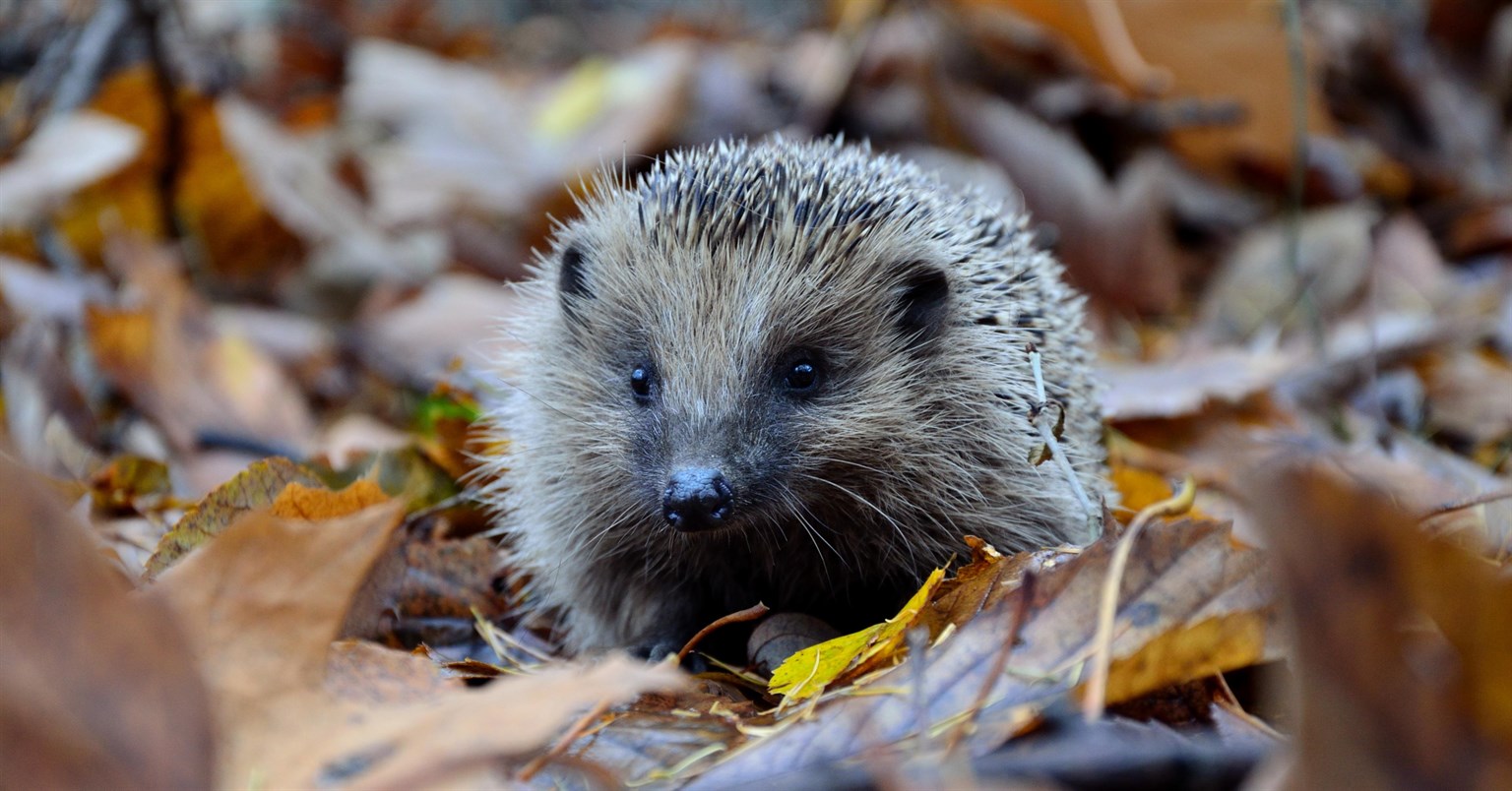
Even if a perfectly manicured lawn and painstakingly prepared flower beds aren’t your main aim for later in the year, investing a couple of weekends here and there in the spring months will certainly pay dividends as the weather warms and you find yourself wanting to live a little more of the outdoor life. Who knows, barbecue weather might happen after all.